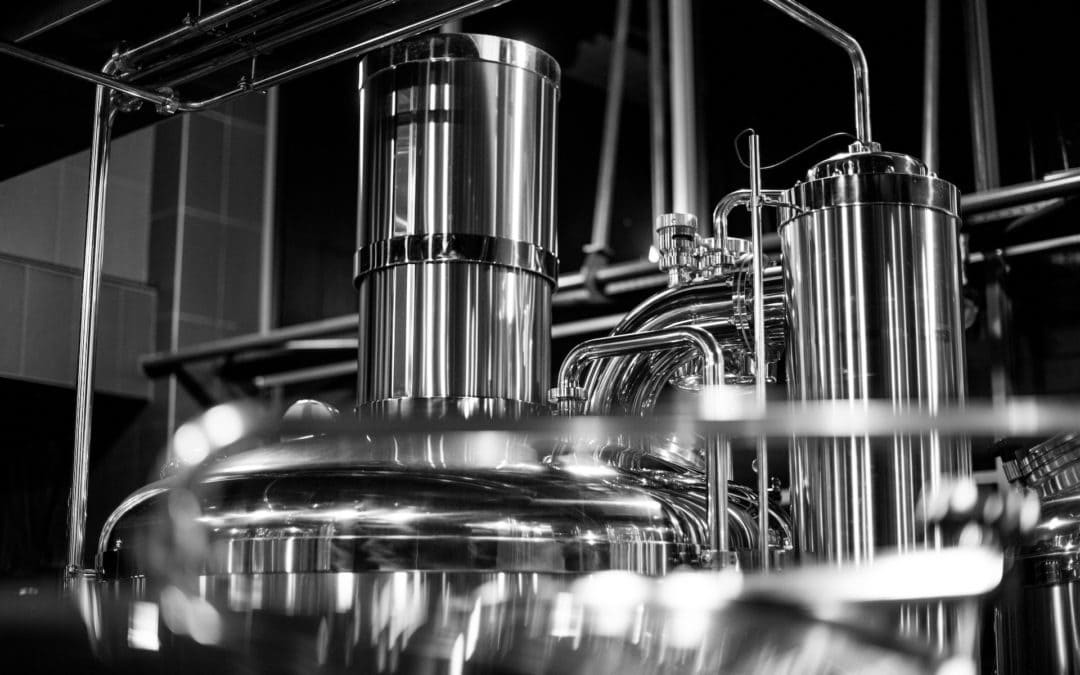In industrial settings, you may find it difficult to distinguish between process piping and plumbing since they seem to employ similar materials and approaches. If you are attempting to determine between process piping or plumbing, you will find that the two have significant differences that are critical to a plant’s appropriate and safe functioning.
When we talk about piping and components with chemicals, water, gases, and liquids running through them, we usually mean plumbing. In reality, it’s a system that looks eerily identical but performs differently, called process piping. Since process piping systems are a vital feature of many industrial facilities, it is fundamental to understand the distinction between the two.
Despite their commonalities, these two systems perform different roles, which you should be conscious of, because they are subject to varying state and federal rules depending on your location.
How Does Process Piping Work?
Typical pipes are a component of the structure in which they are situated. These pipes are necessary to the building’s fundamental processes, whether they transmit natural gas to fuel various ovens or transport water to sinks. Even if the location was not utilized for production, they would almost certainly be present. Although they are not directly involved in the final product’s output, they have a vital role within the facility.
As previously stated, process piping serves no purpose or benefit in the building’s construction. Instead, it permits a specific facet of your manufacturing process. For instance, it can aid in the purification of petroleum and chemicals manufacturing. The following are some of the roles of process piping:
- Filtering substances
- Carrying out depressurization or pressurization
- Putting a stop to and restarting fluid flow
- Fluid mixing and separation
How is Plumbing Different?
The technique of transferring chemicals and liquid components through a predetermined network of pipework is commonly referred to as plumbing. Regardless, not all pipes connected in a building are classified to be plumbing system components. For example, pipes connecting to a shower system or a faucet are particularly associated with plumbing. On the other hand, process piping refers to the distribution and connection of pipes in processing machinery, which you can always find in industrial settings.
Plumbing systems correspond to many regulatory requirements, along with industry standards. All plumbing systems require permits, fees, and inspections to be installed and maintained. Because of the stringent regulations, plumbing systems will likely be composed of plastic or copper, depending on corrosion factors, pressure, and other application requirements.
Plumbing is an integral component of a building’s mechanical systems. The following are some of the most common plumbing applications:
- Heating
- Cooling
- Waste Removal
- Providing Potable Water
What’s the Distinction Between Plumbing and Process Piping?
Plumbing systems’ primary function is to remove wastewater from a facility while reintroducing fresh water back in. The plumbing systems are also vital in the heating and cooling procedures of the facility.
A process piping system’s operational functions, on the other hand, are focused on delivering different gases and liquids throughout a facility. Consider this: if a pipe network’s central purpose is to transport water, it is a plumbing system. A process piping system is used when the materials being transported contain additional gases and liquids.
Plumbing and process piping are not directly comparable because they do not fall under the same aspect in construction codes. Pipes must demonstrate compliance with plumbing codes typically associated with water fixture networks when establishing a plumbing system. The pipes are examined and regulated by engineering code for process piping systems. For diverse modes of operation, different codes are available.
Process Piping Specializations in Industry: What Role Do They Play?
As explained previously, process piping has an entirely different purpose than plumbing. For example, process pipework is used to turn raw resources into usable forms of energy in the oil and gas sectors. The use of fluid separation, boiling, and heat with the help of process pipe systems transforms crude oil. Crude oil is a component from the Earth, but it is unusable unless it goes through refinement procedure using a process piping system. This system can potentially produce paraffin, petrol, fuel, and other useful products.
NDT Tanknicians Knows Industrial Process Piping
At NDT Tanknicians, we embrace the tough challenge set in place to be certified by entities such as the Environmental Protection Agency (EPA,) American Petroleum Institute (API,) Steel Tank Institute (STI,) American Society for Nondestructive Testing (ASNT,) and the National Association of Corrosion Engineers (NACE,) to name a few. We are only as good as the service we provide, and we go the extra mile to ensure all of our personnel are trained to industry standards.
We’re capable of providing top-to-bottom coverage for all of your Storage Tank requirements; servicing a broad spectrum of clientele, both small and large. Our ability to streamline an entire project gives us an edge over the competition by providing our clients with the peace of mind and convenience of trusting one service provider to become familiar with all of their current and future needs, rather than half a dozen. This keeps costs to a minimum, quality control consistent and communication among crews seamless. Request your quote today.

